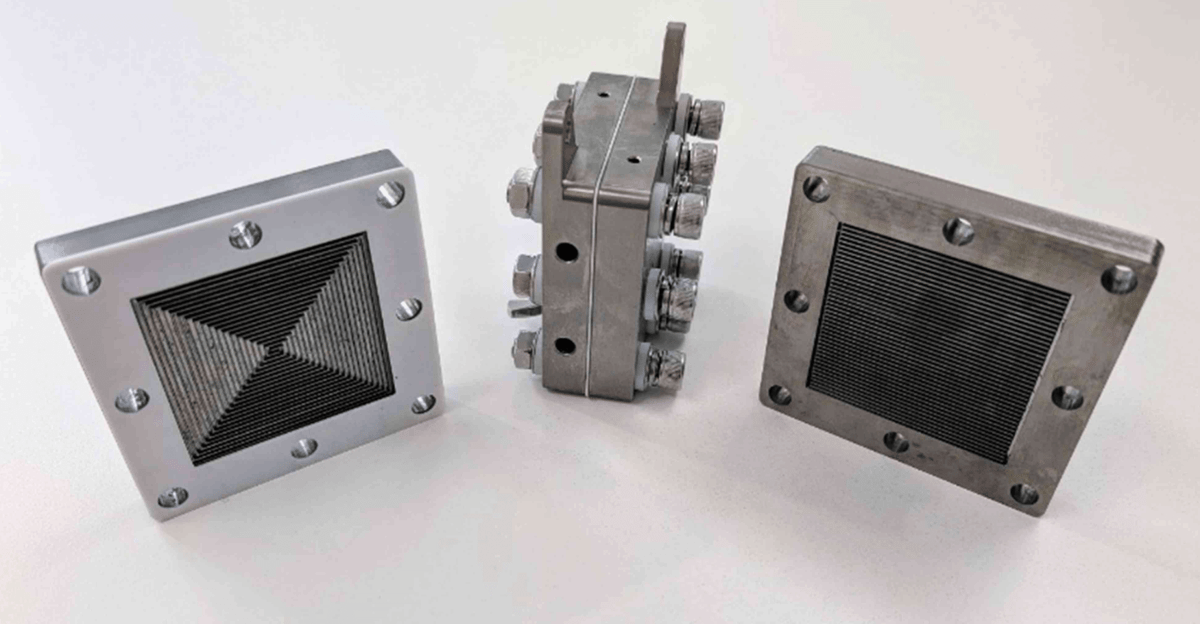University of Sydney researchers have harnessed human-made lightning to develop a more efficient method of generating ammonia.
The current method to generate ammonia, the Haber-Bosch process, comes at great climate cost, leaving a huge carbon footprint. It also needs to happen on a large scale and close to sources of cheap natural gas to make it cost effective.
Lead researcher Professor PJ Cullen from the University of Sydney’s School of Chemical and Biomolecular Engineering and the Net Zero Institute, said industry’s appetite for ammonia is only growing.
“For the past decade, the global scientific community, including our lab, wants to uncover a more sustainable way to produce ammonia that doesn’t rely on fossil fuels,” he said.
“Currently, generating ammonia requires centralised production and long-distance transportation of the product. We need a low-cost, decentralised and scalable green ammonia.”
The research is the culmination of six years’ work.
“In this research we’ve successfully developed a method that allows air to be converted to ammonia in its gaseous form using electricity,” he said.
Professor Cullen’s team’s new method to generate ammonia works by harnessing the power of plasma, by electrifying or exciting the air.
But the star is a membrane-based electrolyser, a seemingly non-descript silver box, where the conversion to gaseous ammonia happens.
During the Haber-Bosch process, ammonia is made by combining nitrogen and hydrogen gases under high temperatures and pressure in the presence of catalyst.
The plasma-based method Professor Cullen’s team developed uses electricity to excite nitrogen and oxygen molecules in the air. The team then passes these molecules to the membrane-based electrolyser to convert them to ammonia.
Professor Cullen said the findings signal a new phase in making green ammonia possible and his team is now working on making the method more energy efficient and competitive compared to the Haber-Bosch process.
“This new approach is a two-step process, namely combining plasma and electrolysis. We have already made the plasma component viable in terms of energy efficiency and scalability,” he said.
“To create a more complete solution to a sustainable ammonia productive, we need to push the energy efficiency of the electrolyser component.”
